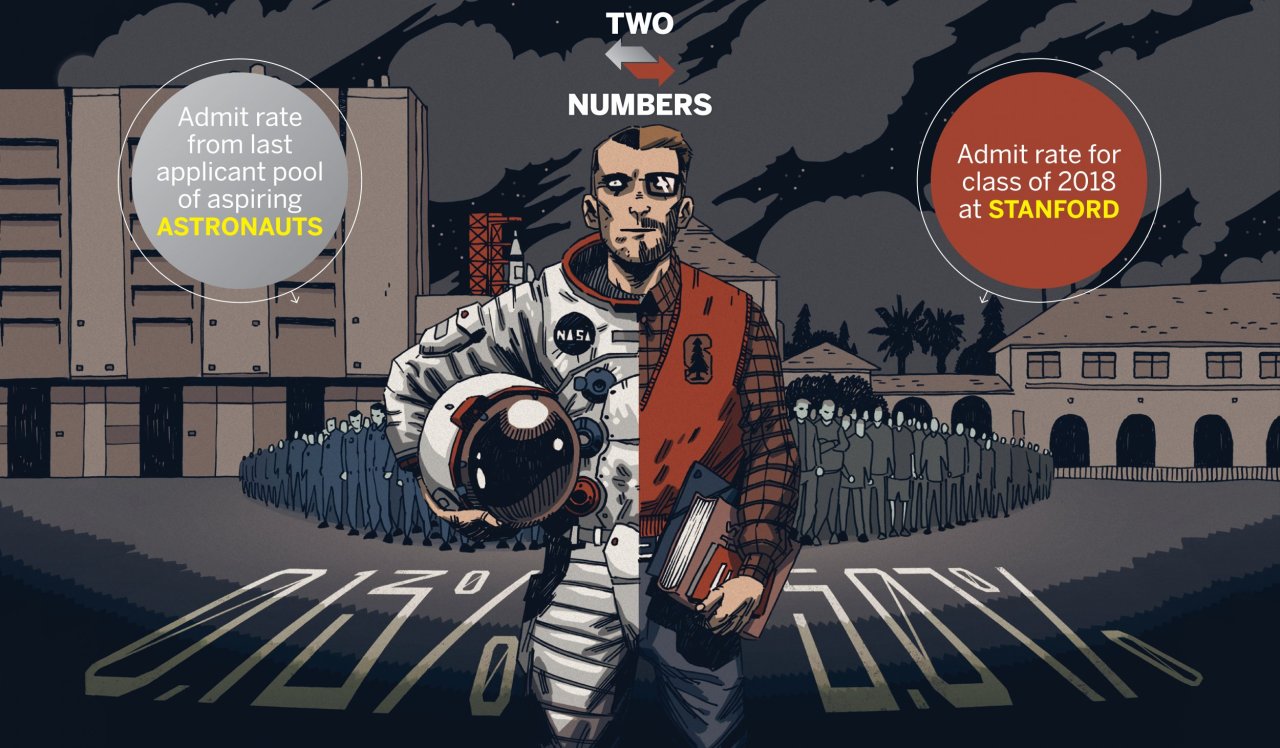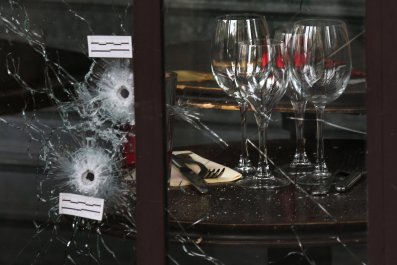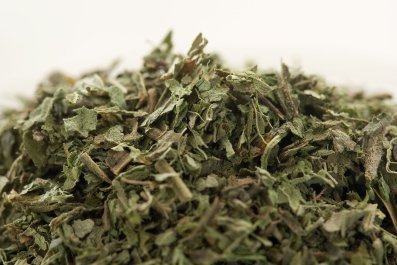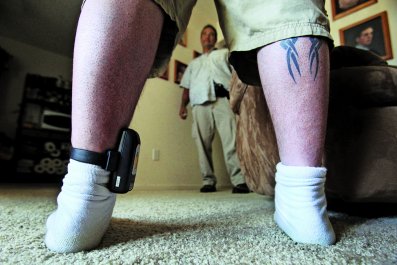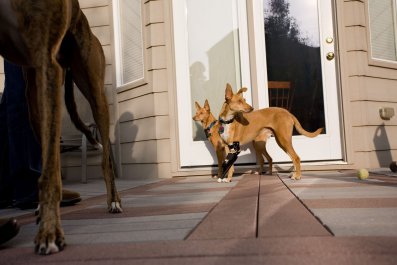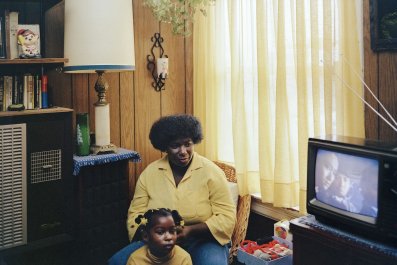"Honestly, I'm sort of in shock," Stanford's dean of undergraduate admissions, Richard H. Shaw, told The New York Times in the spring of 2014. The university had just admitted 2,138 students out of a record 42,167 applicants for its class of 2018, an acceptance rate of 5.07 percent. At the time, the rate was the lowest in the school's history and the lowest in the country, surpassing the usual titleholder, Harvard, for the second year in a row.
So what would Shaw say about a program nearly 40 times more difficult to get into than Stanford? NASA recently announced its next call for astronauts—it will accept applications beginning December 14 until February of next year—and the agency's recruitment process makes the most competitive colleges look downright lax.
The agency received 6,113 applications between November 15, 2011, and January 27, 2012, according to Patrick Forrester, a veteran astronaut and deputy chief of the astronaut office at the Johnson Space Center in Houston. Only eight people—four men and four women—were selected. That means just 0.13 percent of applicants made it through.
Once applicants meet some minimum requirements, Forrester says, panelists in areas like biology, aviation and education narrow the pool down to roughly 400 "highly qualified" candidates and send out requests for references. After another round of cuts, 100 to 120 candidates go to Houston for a week for an interview with the astronaut selection board, extensive medical testing, psychological testing and team-building exercises. That group is whittled down to about 50, of which a handful become the next astronaut class and undergo two years of intensive training. For the upcoming class, which will be announced in June 2017, the agency will need an estimated eight to 14 new astronauts, a NASA spokeswoman says.
"We turn away as many good astronaut candidates as we select," says Forrester, who applied more than once before he even got an interview. He likes to remind hopefuls that "even if you did everything right, the rate of selection is so low." And he wants them to make sure "that whenever it ends for you...that you are happy with what you did."
On the flip side, for those few who are selected, "on the first day, I wanted them to know that they are very fortunate to be sitting there," he says. "It's no time to start resting."



